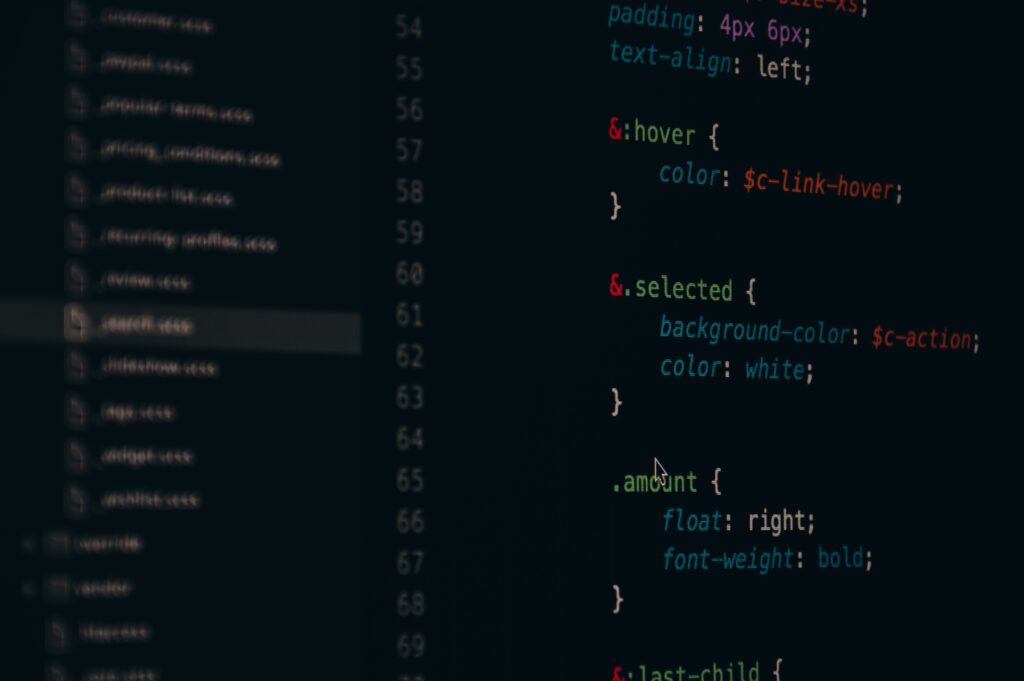A markup language is a set of rules for describing the structure and presentation of a document. It is used to add meaning to text, such as formatting, links, and tables. Markup languages are used to create a variety of documents, including web pages, ebooks, and technical manuals.
The most common markup language is HTML (HyperText Markup Language). HTML is used to create web pages. It uses tags to indicate the structure of the document, such as headings, paragraphs, and lists.
Other popular markup languages include:
- XML (Extensible Markup Language): XML is a flexible markup language that can be used to create custom markup languages.
- LaTeX: LaTeX is a document preparation system that uses markup to create high-quality documents.
- Markdown: Markdown is a lightweight markup language that is easy to learn and use.

Who Uses Markup Languages?
- Web Developers: Web developers are among the most prominent users of markup languages. They utilize HTML, CSS (Cascading Style Sheets), and JavaScript to create engaging and interactive web experiences. HTML is responsible for defining the content and structure of a webpage, CSS adds visual styling, and JavaScript introduces dynamic behavior.
- Content Creators: Writers, bloggers, and content creators often work with markup languages to format and structure their content. Markdown, for instance, is a lightweight markup language that enables writers to focus on the text itself while using simple syntax to indicate headings, lists, links, and other formatting elements.
- Programmers: Programmers use markup languages in various ways. XML is frequently used to define configurations, data exchange formats, and other structured data in software applications. It provides a standardized way to store and transmit information within programs and across different software tools.
- Data Analysts: Markup languages have found a place in the realm of data analysis and manipulation. JSON (JavaScript Object Notation) is a lightweight data interchange format that’s easy for both humans and machines to read and write. Data analysts use JSON to structure and exchange data between different systems and applications.
- Publishers: In the publishing industry, markup languages like XML play a pivotal role in producing digital and print materials. Publishers can use XML to structure content in a way that allows for efficient typesetting, formatting, and repurposing of content for various formats.
- Scientists and Researchers: Scientists and researchers often use markup languages to document and share their findings. LaTeX, a markup language specifically designed for typesetting documents with complex mathematical equations and scientific notation, is widely used in academia for writing research papers, theses, and technical reports.
- Database Administrators: Markup languages also have implications in database management. They can be used to define the structure and relationships within a database, aiding in data organization and retrieval.
How Does Markup Language Work?
Markup languages work by using tags to indicate the structure and formatting of a document. Tags are enclosed in angle brackets (< >). The opening tag indicates the start of a markup element, and the closing tag indicates the end of the element.
For example, the following HTML tag creates a bolded heading:
<h1>This is a heading</h1>
The <h1> tag is the opening tag, and the </h1> tag is the closing tag. The text between the tags is the content of the heading.
Markup languages can be used to create a variety of document structures. For example, a web page can be structured using a hierarchy of headings, paragraphs, and lists. A technical manual can be structured using tables and figures.
Conclusion
Markup languages are a powerful tool for creating and formatting documents. They are used by a wide variety of people, including web developers, technical writers, content creators, data scientists, and researchers. If you are interested in creating or formatting documents, then learning a markup language is a valuable skill.